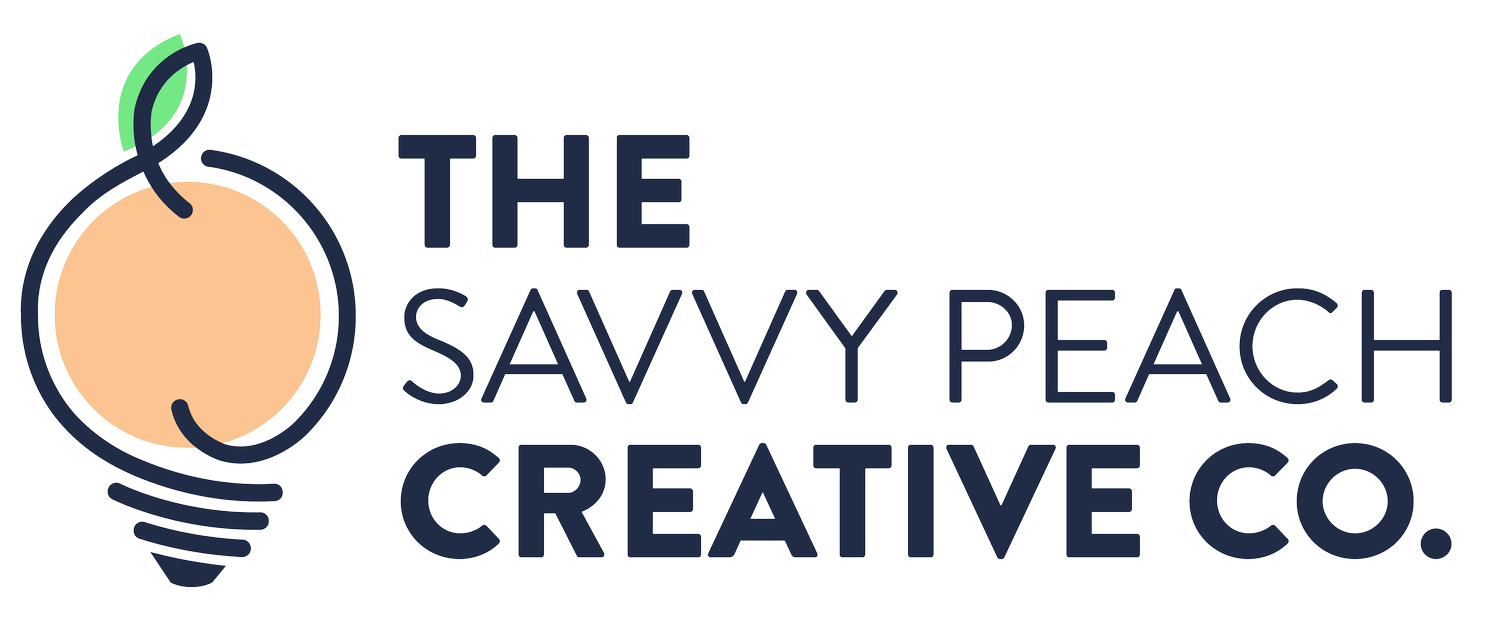Crushing Over These Fabulous Fonts
If you’ve been over on The Savvy Peach’s Facebook page lately, you’ve probably noticed that on Fridays I share some of my favorite fonts and fonts that you can get for free! And if you’re signed up for my newsletter, I sometimes share even more free fonts there!
History & Science behind fonts
Fonts are an important part of any design. They can help pull a design together and help convey the overall message. Choose a poor font and it won’t be legible - I’m sure we’ve all seen examples of this. It’s interesting to read the history behind some of your favorite fonts. For example, Times New Roman, was developed for The Times a newspaper. It’s a narrower font, which allows more words in a smaller amount of space, which is important for newspapers. Interestingly, it was the default font for word processors for a while but has recently been replaced by Calibri. Calibri has been determined to be more easily readable on screens.
There’s also scientific research on fonts looking into which fonts are the best for people with dyslexia (Helvetica), which fonts are deemed more trustworthy, and the personalities associated with certain fonts.
Kerning vs. Letter Spacing
Kerning, defined by dictionary.com, is “the setting of two letters closer together than is usual by removing space between them.” Important in any design, is the spacing between particular letters. Some letters require additional spacing between them so that they are legible. We’ve all probably seen designs where the letter “r” is too close to an “n” and the result is that the two letters actually look like an “m”. Kerning is similar but distinct from letter spacing - which is the spacing between all of the letters. Not only do you want to remain consistent, but you want to make sure there is enough space for letters to be legible but not too much space that the letters are not associated with one another. You can read more about kerning here.
My Favorite Fonts
I wanted to share some of my favorite fonts with you today. These are some I tend to lean towards in many of my designs. They include a combination of sans serif, serif, and script fonts. Adding a combination of these can make for a powerful design.
What are some of your favorite fonts? Do you have a least favorite?



